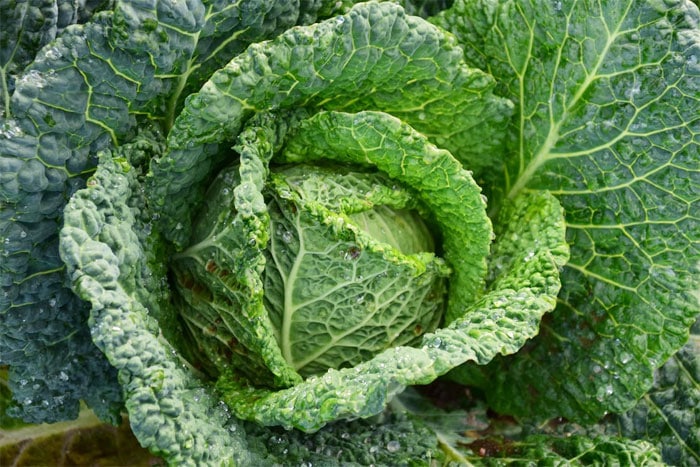
Written By: Christina Newberry
Reviewed By: Gloria Tsang, RD
Title: Registered Dietitian
Last Updated on:

Table of Contents
Spring is here and it’s time for anyone who loves gardening to start getting excited about planting this year’s bounty. You may think that the joys of gardening are only available to those who have a back yard. Think again! Container gardens allow anyone with even a small balcony or fire escape to grow delicious fresh vegetables at home – talk about eating local! Even if all you have is a windowbox, you can still grow a few tasty morsels. And once you taste homegrown veggies (especially tomatoes!) you will know why gardening nuts get so excited about spring every year.

To maximize a small outdoor space, it’s best to stick with tried-and-true container performers. Start your plants from seed to make the most of your gardening dollars – just follow the instructions on the seed packets (which you can find at any gardening store, and even some supermarkets). Here are our top picks.
Probably one of the easiest things to grow in containers, lettuce is also one of the most satisfying, because it grows fast – and if you stick to cutting the outside leaves, it keeps producing for weeks on end. Small pots work well for leaf lettuces, but head lettuces (like romaine) need a bit more space to grow. If all you’ve got is a window box, try miniature varieties like “Tom Thumb.” Lettuce does best in cooler temperatures, so get planting right away!
You may think of peas as big plants, but there are many smaller varieties that will do just fine in a medium-sized container. When buying seeds, look for varieties that don’t grow to more than a few feet high. Try “Little Marvel,” a shelling pea that is sweet and delicious and grows on a small plant. Peas also do best before the heat of summer strikes, so the time to plant is now!
The good news here is that beans should be planted just as peas are coming to the end of their season, so when you pull up your peas, fill the container up with some fresh soil and plant your beans! Bush beans (plants that just grow a few feet high) work best in containers, but if you’re feeling adventurous and you have a large container, you can try growing Scarlet Runner Beans. Put just one seed in the container and give it a bamboo pole or a string to grow on and it will grow up to a dozen feet tall! Bush bean plants produce beans you can eat right off the plant, while runner beans produce huge pods with beans inside that you can shell and dry for use all winter.
There is nothing better than a tomato warm from the plant. They just don’t taste anything like the tomatoes you can buy in stores. The smaller the container, the smaller the plant you’ll want to try. “Tumbler” is great in hanging baskets, and extra-small varieties like “Tom Thumb” and “Micro Tom” can be grown in containers as small as 4 inches, or even in windowboxes.
Once you start growing your own vegetables, you won’t want to stop. The exciting part is that once you’ve mastered these plants, you can move on to expand your gardening repertoire. Different plants grow in different seasons, so with even a few containers, you can grow several crops over the course of a year. A container garden can be a great way to get kids involved in understanding where food comes from, too.
Alumni: University of Victoria – Christina Newberry is a writer and editor whose work has appeared in national and local magazines and newspapers. With a Bachelor’s degree in English and Anthropology from the University of Victoria and a Journalism Certificate from Langara College, Christina brings keen curiosity and the love of a good story to her work with HealthCastle.com.
Christina is a passionate traveler and urban gardener with an interest in vegetarian eating and making good, tasty food from scratch. Sharing lessons learned from her own experiences, Christina writes about lifestyle topics for HealthCastle, with a focus on eating well at home and on the road.
beans, lettuce, organic, peas, tomatoes, vegetable gardening, vegetables
Five Different Ways of Cooking Green Leafy Veggies
The Going-Out Guide: 6 Eco-Smart Tips for Green Eating on the Go